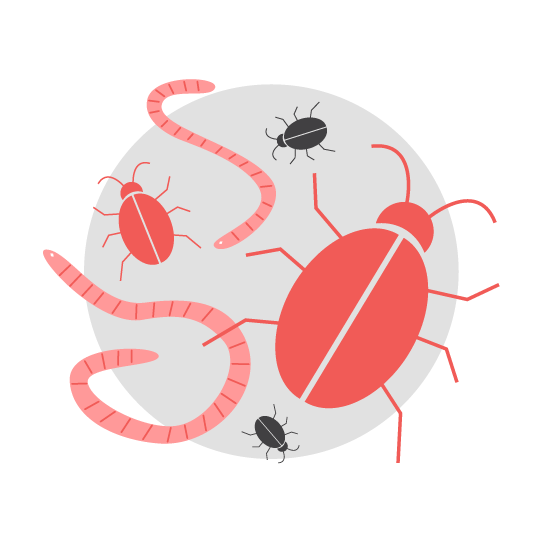Hijack.

Short bio
Malwarebytes uses “Hijack” as the detection name for a category of system changes that are typically made by malware.
Type and source of infection
The system changes detected as “Hijack” can be made in the Windows registry, but also in browser configuration files. Hijack detections are typically made by malware with the objective to run malware-related files or redirect the users browser to sites of the threat actors choosing.
Protection
Malwarebytes protects against items detected as Hijacks by stopping the malware trying to make the changes and using real-time protection to block these threats.
Remediation
Malwarebytes can detect and remove Hijack. detections without further user interaction.
- Please download Malwarebytes to your desktop.
- Double-click MBSetup.exe and follow the prompts to install the program.
- When your Malwarebytes for Windows installation completes, the program opens to the Welcome to Malwarebytes screen.
- Click on the Get started button.
- Click Scan to start a Threat Scan.
- Click Quarantine to remove the found threats.
- Reboot the system if prompted to complete the removal process.
Add an exclusion
Should users wish to keep this program and exclude it from being detected in future scans, they can add the program to the exclusions list. Here’s how to do it.
- Open Malwarebytes for Windows.
- Click the Detection History
- Click the Allow List
- To add an item to the Allow List, click Add.
- Select the exclusion type Allow a file or folder and use the Select a folder button to select the main folder for the software that you wish to keep.
- Repeat this for any secondary files or folder(s) that belong to the software.
If you want to allow the program to connect to the Internet, for example to fetch updates, also add an exclusion of the type Allow an application to connect to the internet and use the Browse button to select the file you wish to grant access.




